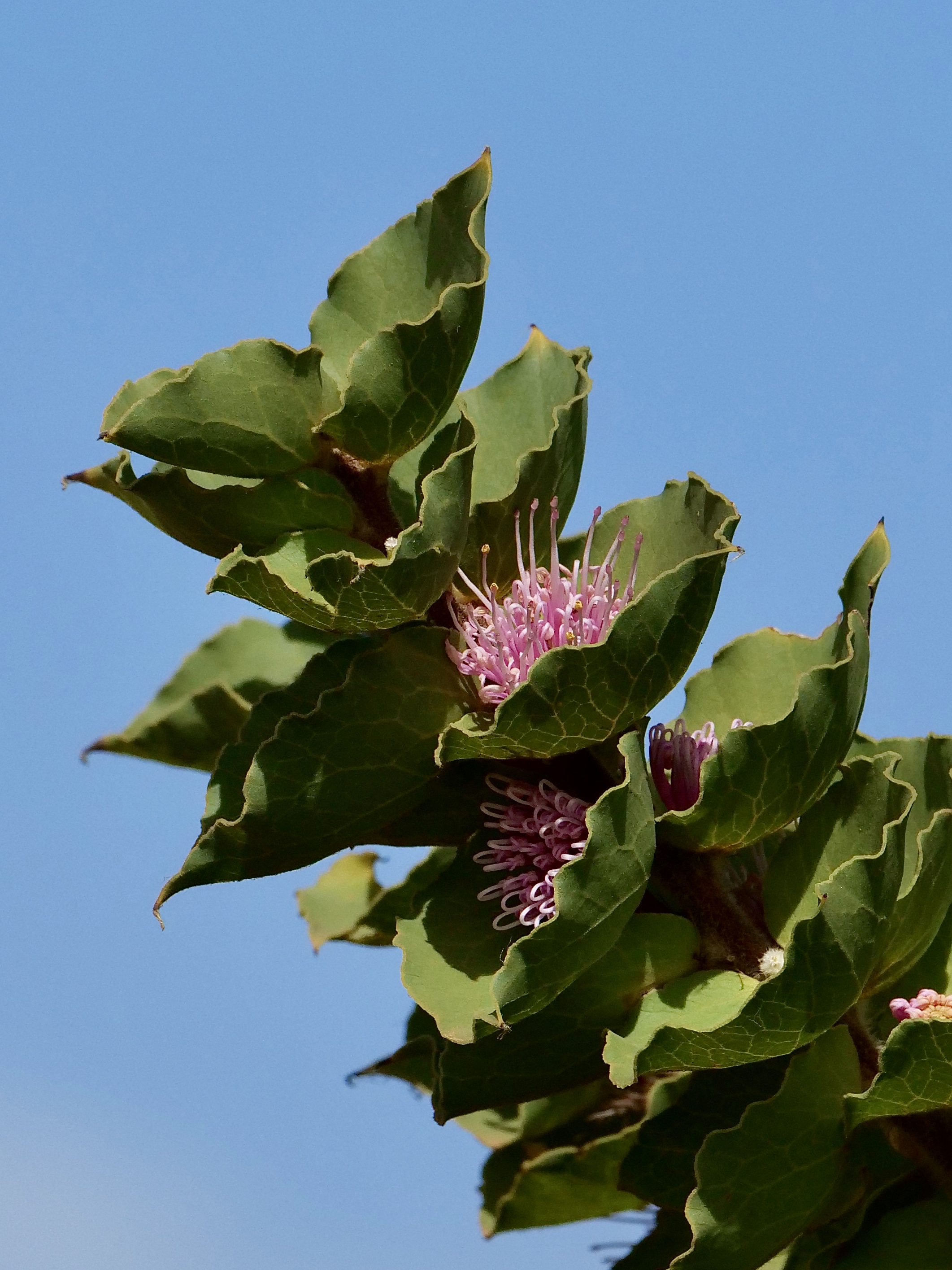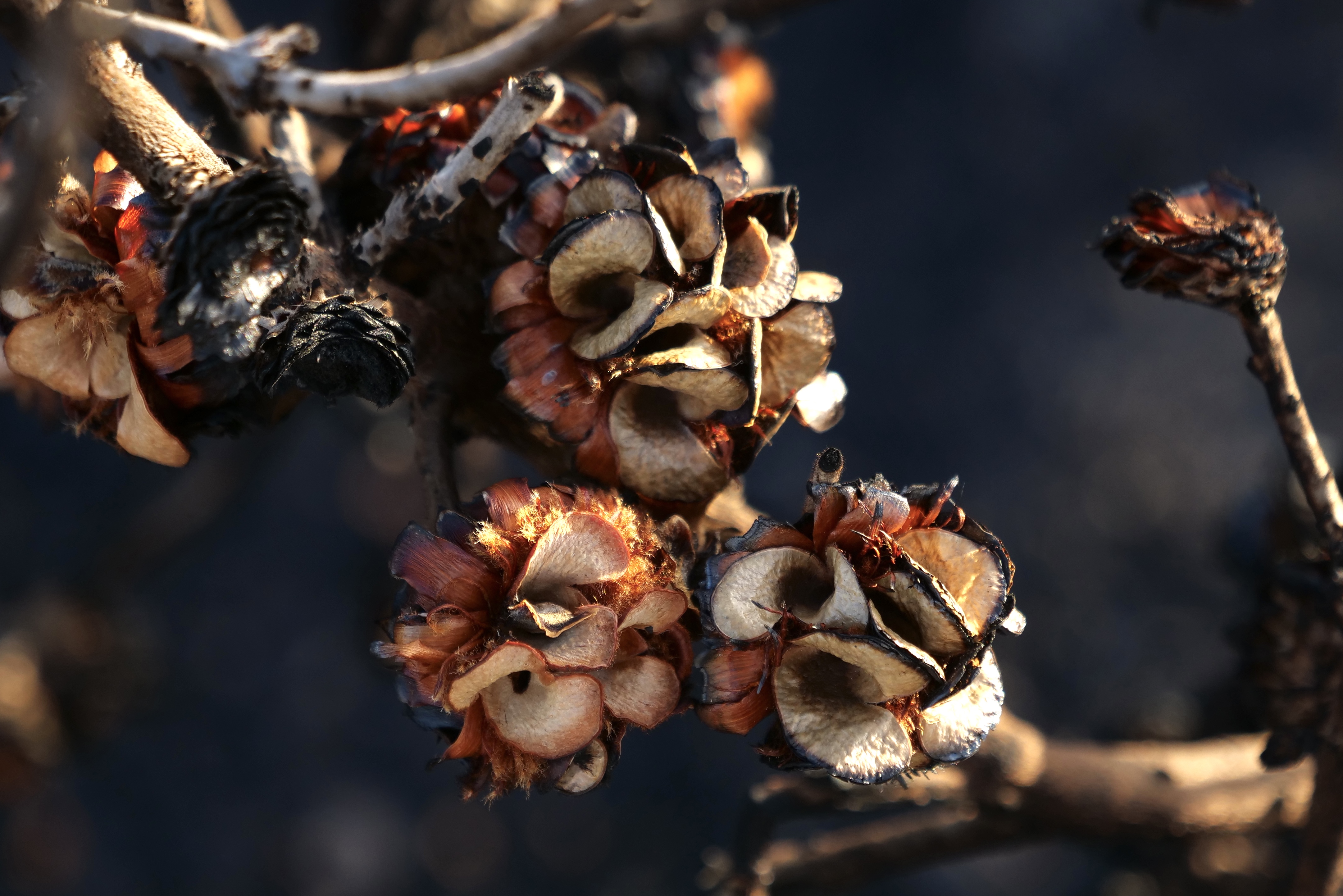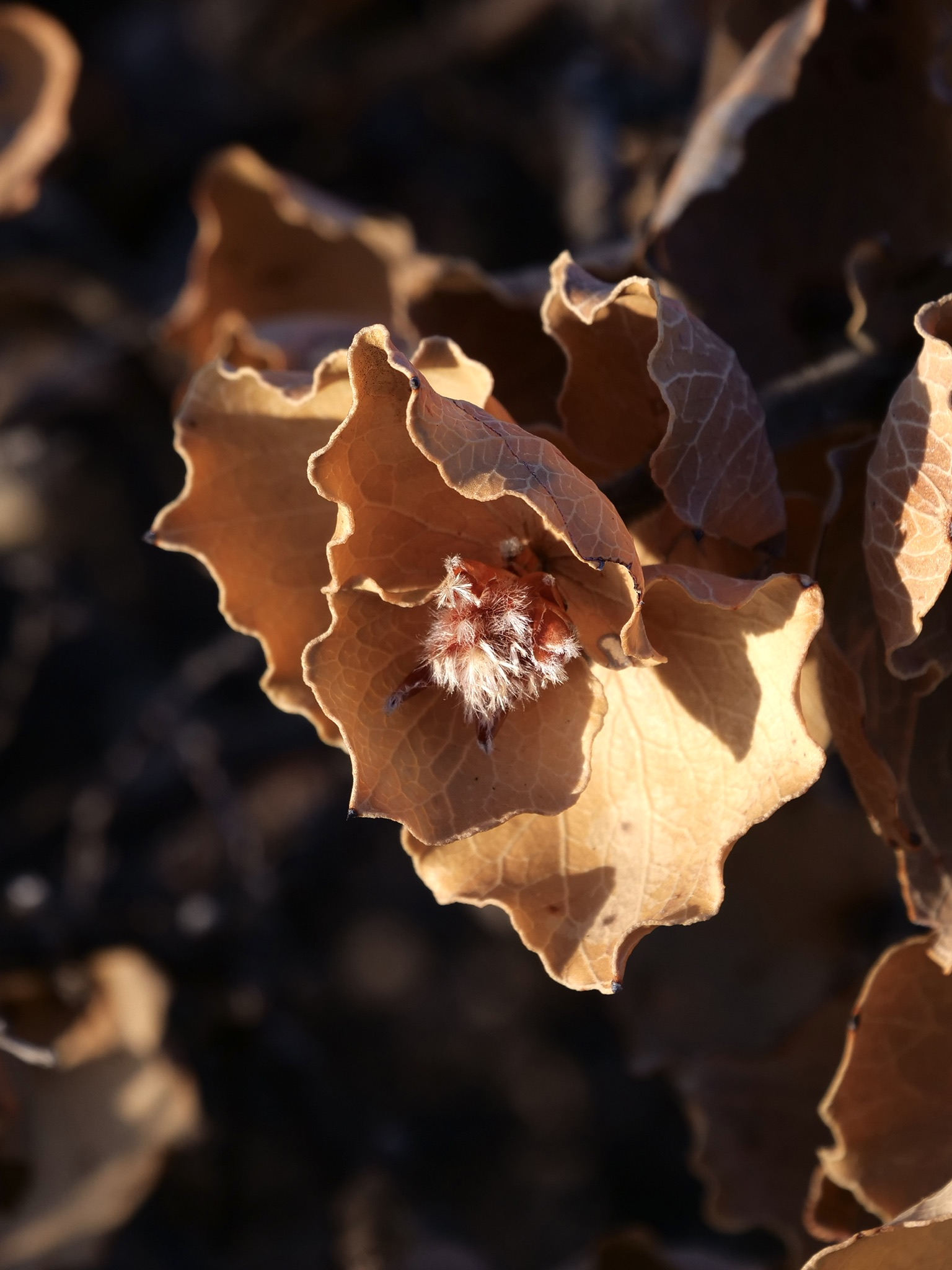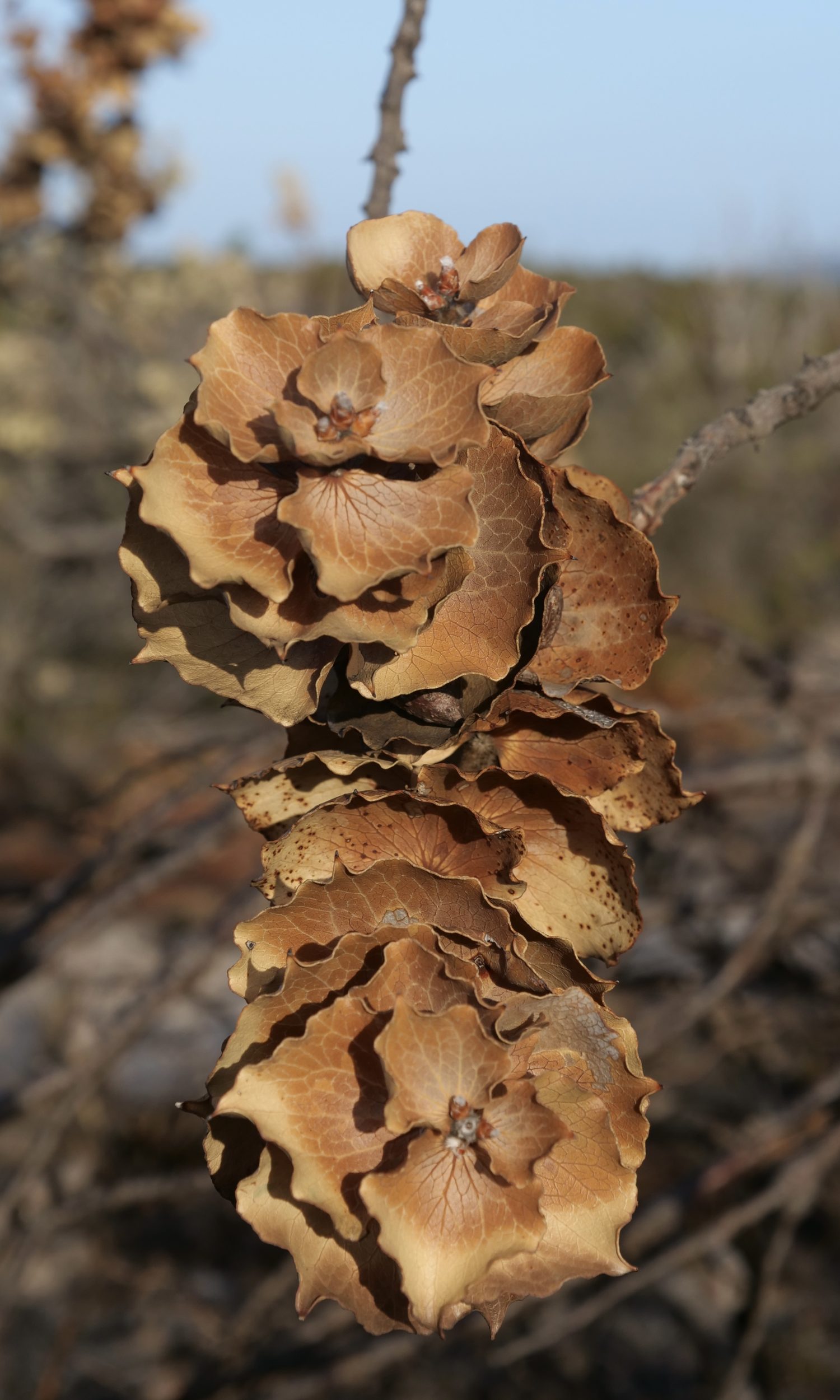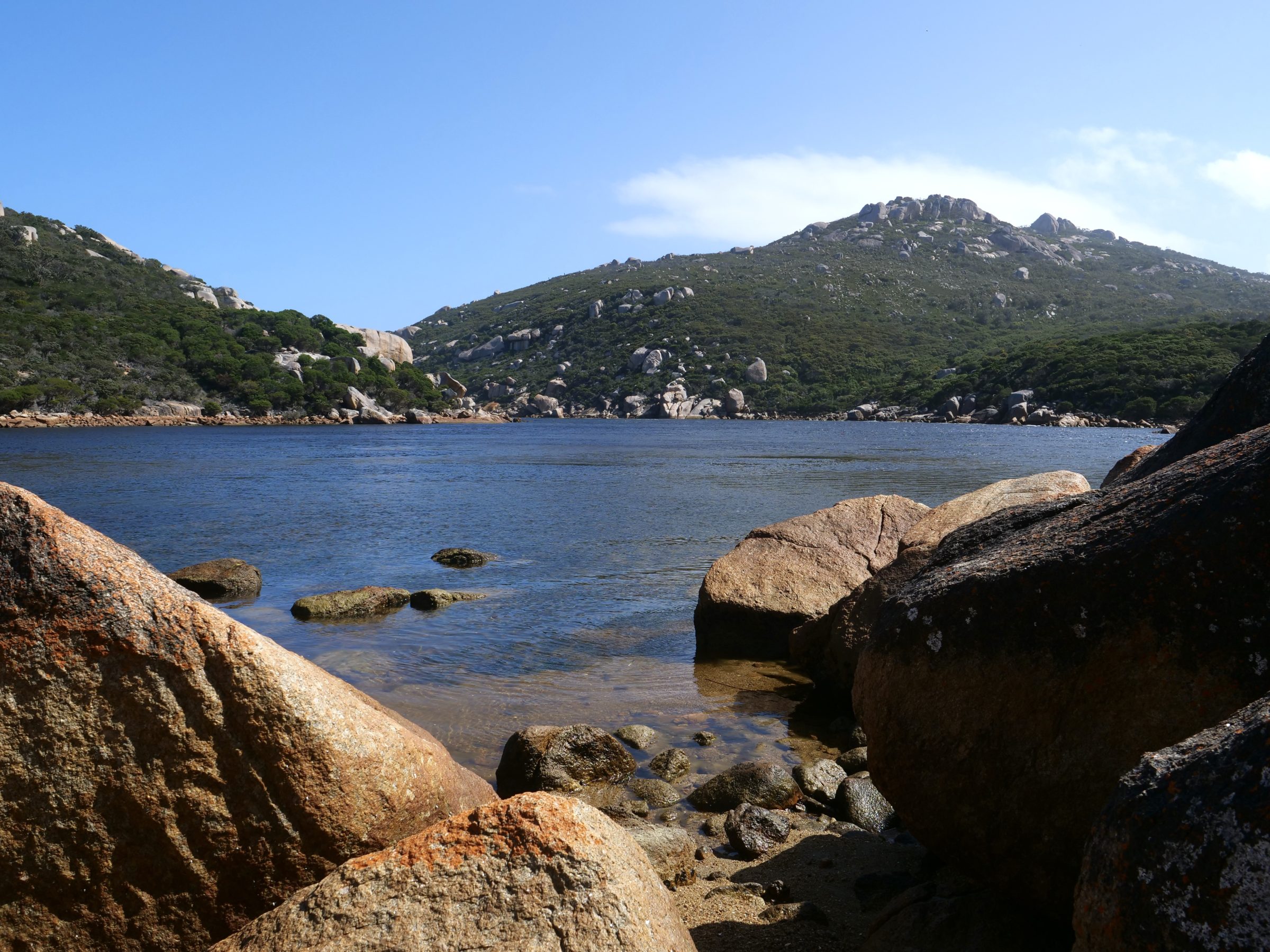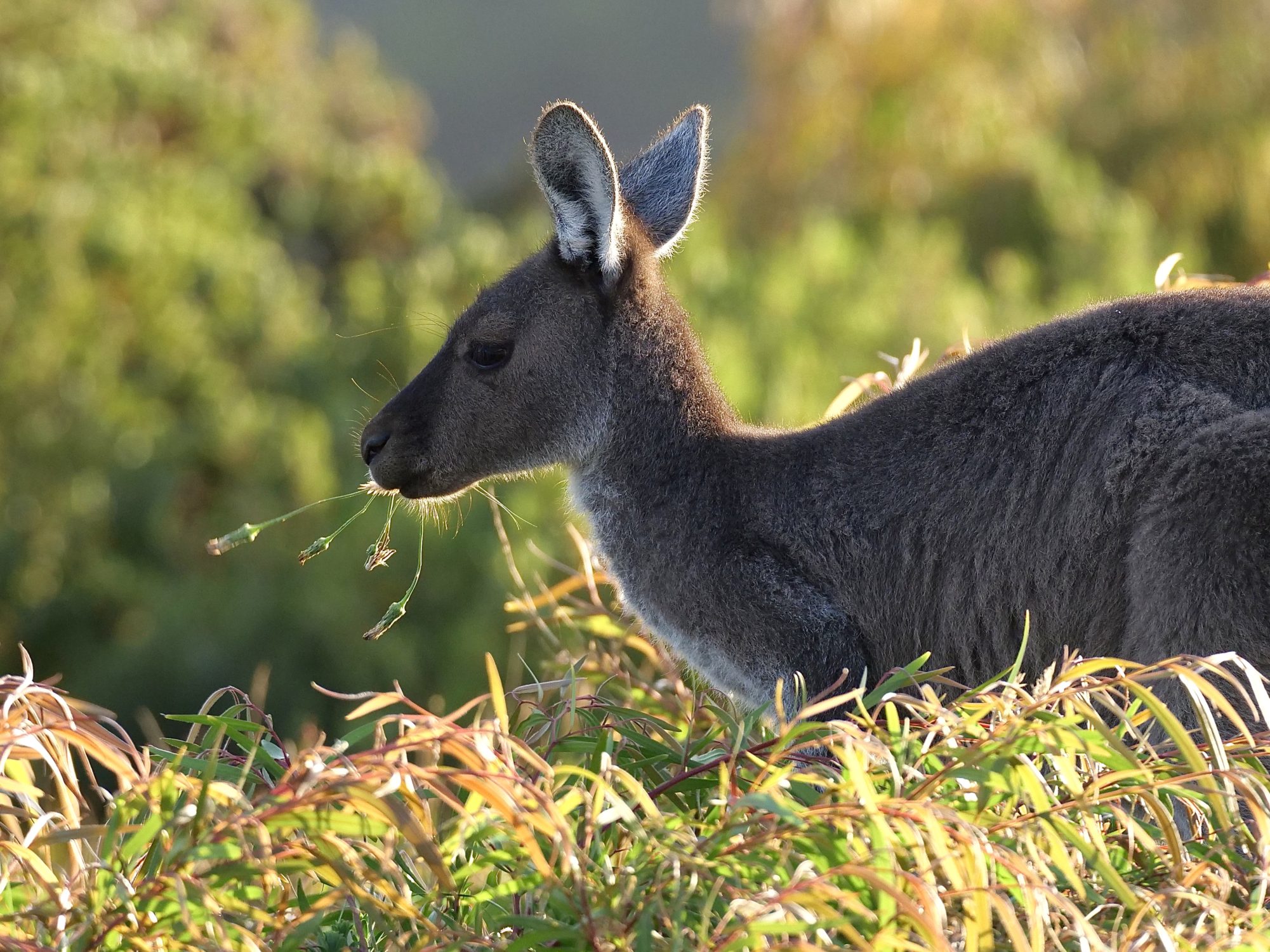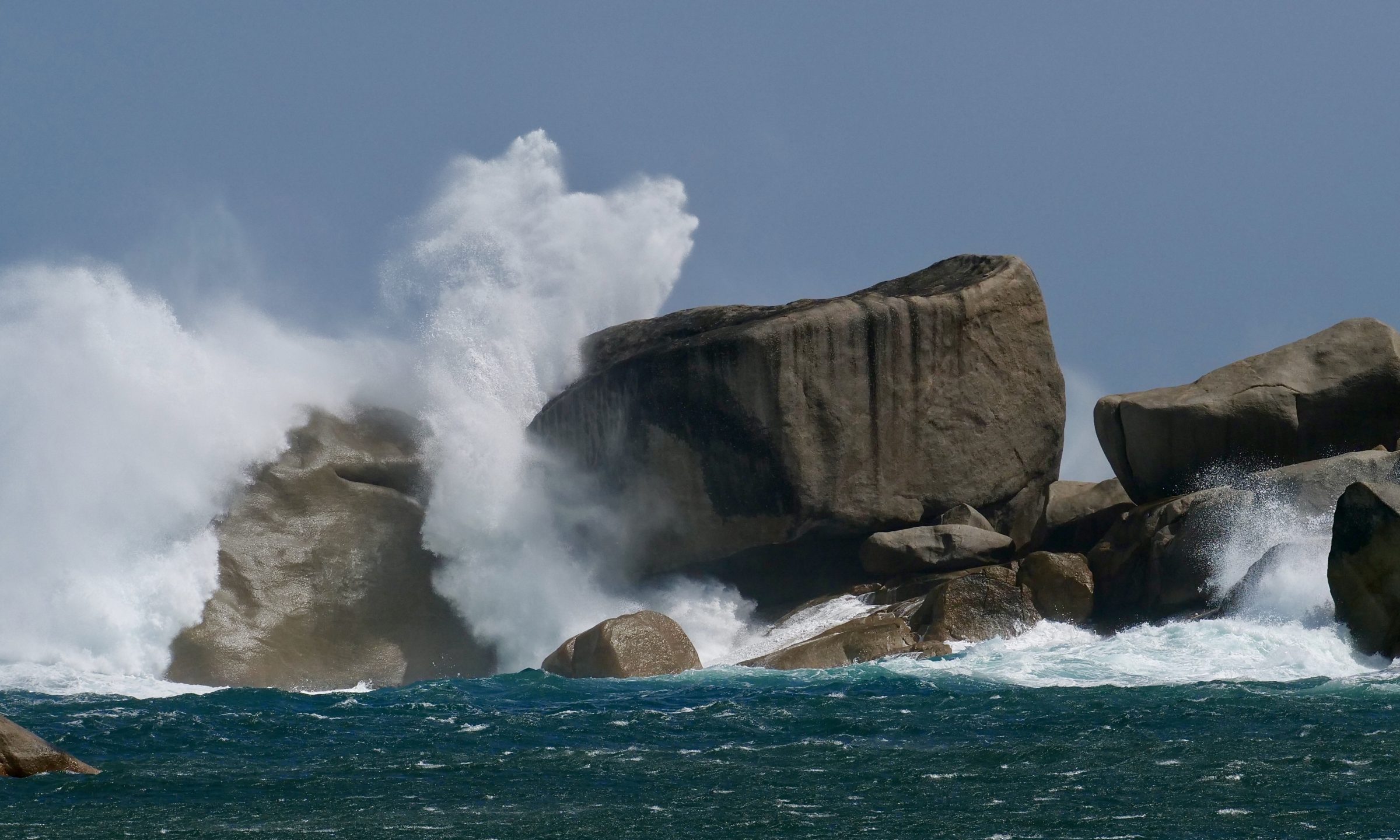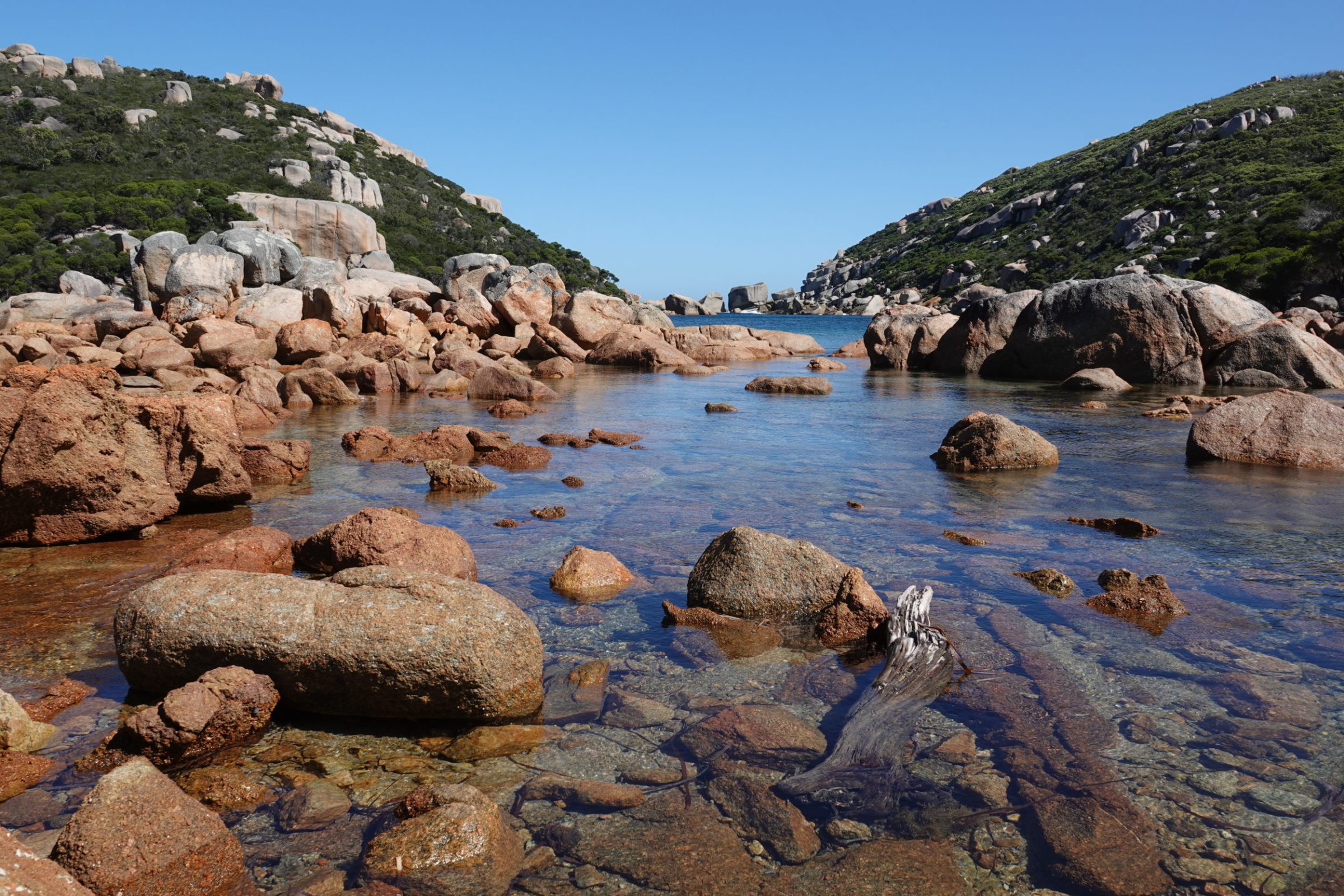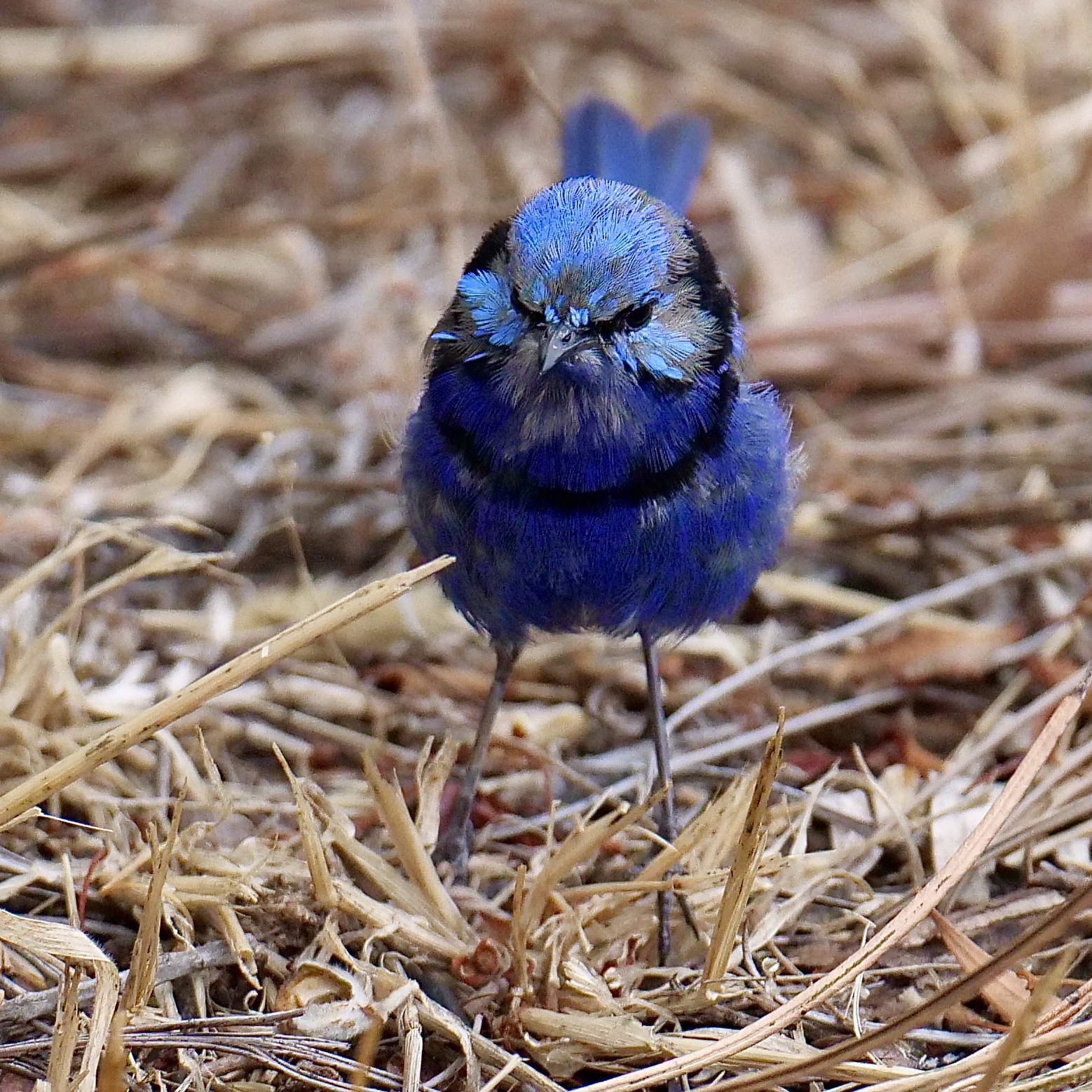The photos in #2 through #4 in this series were all taken in Spring 2020 – in a section of Waychinicup that had been burnt some time in the preceding several months, probably, via a Summer lightning strike.
Today’s Hakea was blooming on the very windy afternoon of 07 February 2022, in a different part of Waychinicup.
Comments closed